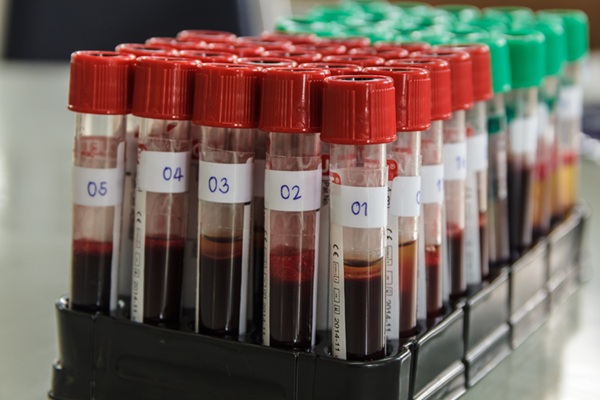Simultaneous Analysis of Three Biomarker Tests Detects Elevated Heart Disease Risk Earlier
Posted on 17 Nov 2025
Accurately identifying individuals at high risk of heart attack remains a major challenge, especially when traditional indicators like cholesterol and blood pressure appear normal. Elevated levels of three specific biomarkers—lipoprotein(a), remnant cholesterol, and high-sensitivity C-reactive protein (hsCRP)—each reflect different disease pathways, yet current screening rarely considers them together. A new study now shows that combining all three blood tests may significantly improve early detection, marking a step toward more personalized cardiovascular prevention.
This study, conducted by researchers at Wake Forest University School of Medicine (Winston-Salem, NC, USA) and presented at the American Heart Association’s Scientific Sessions 2025, draws from the UK Biobank, one of the world’s largest medical databases. The combined biomarker approach evaluates genetic risk through lipoprotein(a), cholesterol metabolism via remnant cholesterol, and inflammation through hsCRP. By analyzing these three pathways simultaneously, the researchers sought to understand how overlapping abnormalities amplify heart attack risk.

Lp(a) contributes to inherited arterial plaque buildup; remnant cholesterol consists of harmful fat particles missed by standard tests; and hsCRP signals underlying inflammation that may indicate stress on the arteries. Health data from 306,183 adults were examined, all free of cardiovascular disease at enrollment and with blood test results available for the three biomarkers. The average participant age was 56.4 years, and 55% were women. Over a median follow-up of 15 years, 10,824 participants experienced a heart attack.
The researchers classified participants based on whether their biomarker levels fell into the highest 20% of values and assessed cumulative effects while adjusting for traditional risk factors. The results revealed a clear stepwise relationship. Adults with all three biomarkers elevated had nearly triple the risk of heart attack compared to those with normal levels. Participants with two elevated biomarkers had double the risk, and those with one elevated biomarker had a 45% higher risk.
These findings suggest that combining these tests can help clinicians identify high-risk individuals earlier and tailor preventive treatment more effectively, especially as two of the biomarkers are already widely available in clinical practice, and remnant cholesterol can be calculated from routine lipid panels. In practical terms, the combined testing strategy may help reveal genetic risk, hidden inflammation, or cholesterol abnormalities even when standard measures appear normal.
The approach aligns with modern cardiovascular prevention frameworks, encouraging early lifestyle changes or medications when needed. Although the tests are not yet part of routine screening guidelines, the researchers emphasize their accessibility and potential usefulness, particularly for individuals with a family history of cardiovascular disease or other risk factors.
“Each of the blood tests on its own indicates only a modest increase in heart attack risk; however, when we found elevated levels for all three, the risk of heart attack was nearly three times higher,” said lead researcher Richard Kazibwe, M.D., M.S. “These biomarkers work together like pieces of a puzzle. One piece cannot show the full picture, yet when combined, we can see a much clearer and more complete depiction of heart attack risks.”
Related Links:
Wake Forest University School of Medicine
AHA









 assay.jpg)




